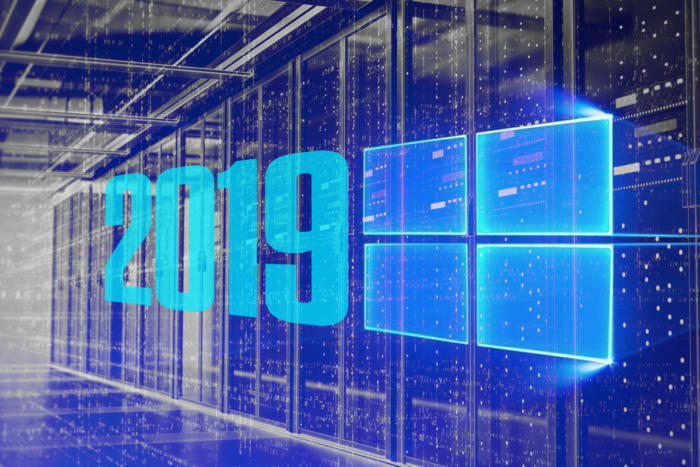So far, there’s no issue with Windows Server 2019, but because it shares a code base with Windows 10, and Windows 10 has a problem, Microsoft has made the server unavailable for download until it clears things up.
Microsoft is recommending that those who have downloaded Windows Server 2019 should not install it until the company has resolved an isolated issue with Windows 10, which runs on the same code base.
Soon after Microsoft announced the general availability of Windows Server 2019, it pulled back the release for further testing to make sure the issue with Windows 10 didn’t also affect Windows Server 2019.
In a blog about the move, Microsoft said: “We have temporarily removed all media for Windows Server 2019 and Windows Server, version 1809. We have also paused the rollout of the latest feature update to Windows 10 inclusive of versions 1809, as we are investigating isolated reports of users missing some files after updating. If you have already downloaded media, please don’t install it and wait until more information is available to proceed.”
More specifically, after the release of the Windows 10 Update a handful of users reported that after they upgraded, some of their My Documents-type content was missing.
These were not a broadly reported incidents, and an overwhelming number of users who upgraded reported no issues. However, with user data potentially at risk during an upgrade, Microsoft pulled the release of Windows 10 and has put it through a series of additional tests and verifications.
Since Windows Server 2019 is based on the same codebase as Windows 10, Microsoft also pulled Windows Server 2019 from further downloads pending the test results and remediation of the Windows 10 issue.
(In working with both Windows 10 and Windows Server 2019, and having deployed thousands of servers and client systems during the public and private preview program and then rolled out hundreds of laptops and dozens of servers with the general-availability code of Windows 10 and Windows Server 2019, I personally have not run into similar data issues in any of our implementations.)
Specific to Windows Server 2019, an upgrade issue that impacts data is highly unlikely because many servers are built new from scratch with workloads and business data installed or transferred from other systems, so in-place upgrades obviously wouldn’t affect those systems.
And for other application servers that are being upgraded from a Windows Server 2016 release to the latest Windows Server 2019, business apps don’t use the Documents folders on servers. Applications and data on servers are stored in dedicated folders or on completely different drives than the Windows Server boot drive.
As such we have had no concerns that the isolated incidents reported on Windows 10 upgrades would have any impact on Windows Server systems.
When the code does become available, it will be business as usual for organizations: Test the server against business scenarios, then slide in the latest Windows Server operating system in a methodical, staged manner throughout on-premises and cloud data centers.
This article originally appeared on NetworkWorld.

